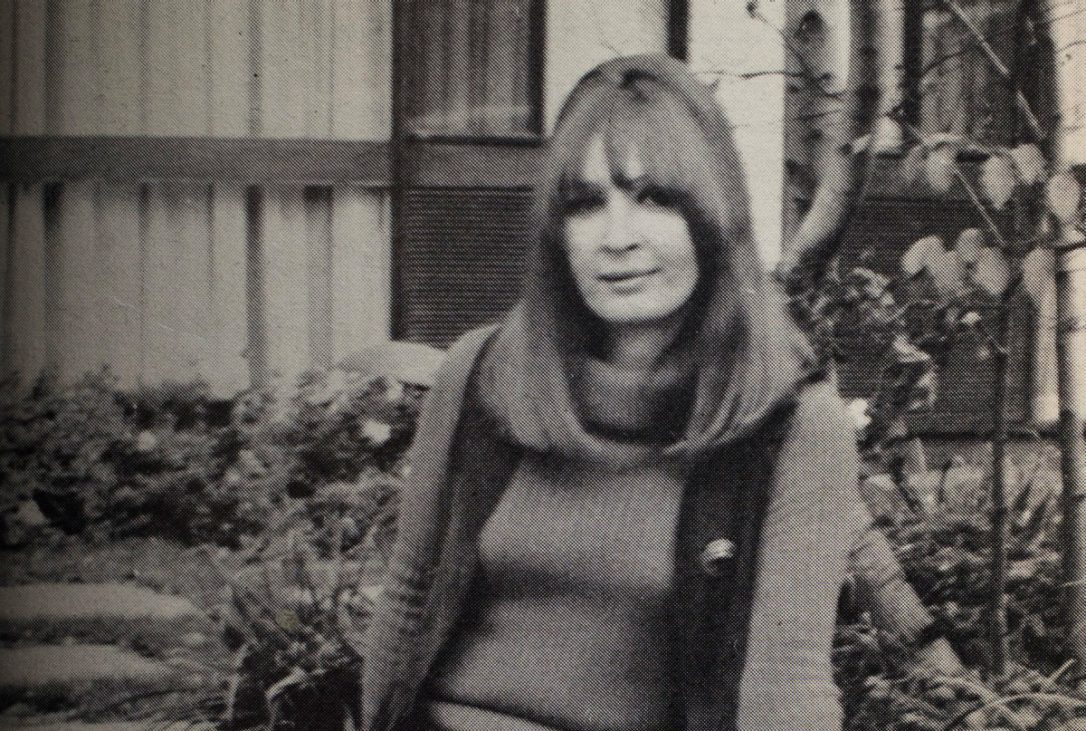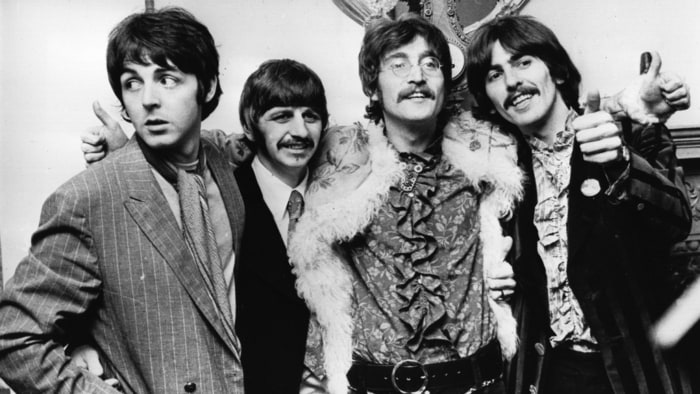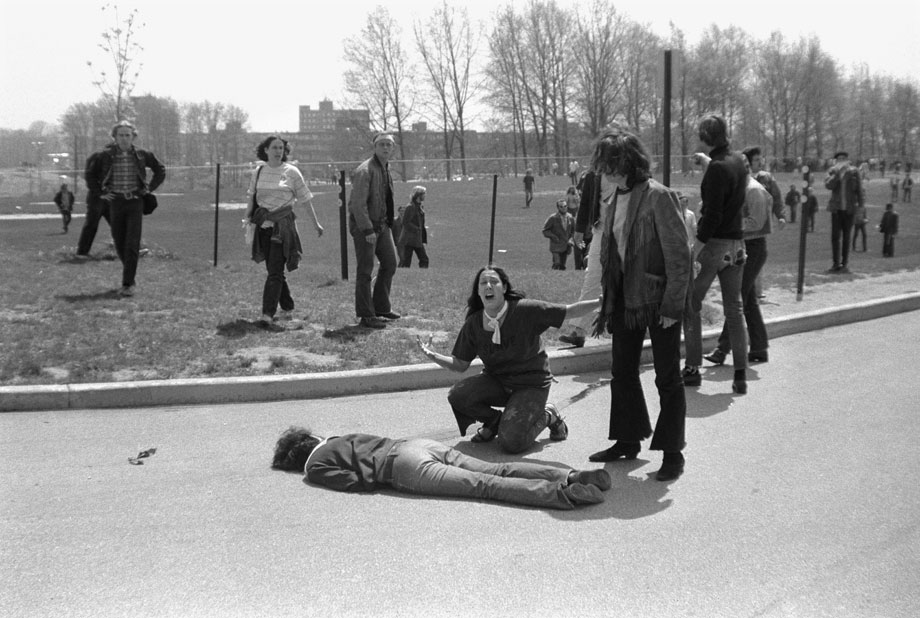The woman who was trans before her time

When Dianna Boileau showed up in Toronto court in 1963, the clerk asked the question she had asked herself for years. “Are you male or female?” In the silence, the reporters jotted details: Pink fingernails, pink lipstick. Black tunic dress. Tiny pearl earrings. Double identity. Man. Woman. In 1960s Toronto, gender identity just wasn’t something people talked about. The first major story about a trans person had made international headlines a decade earlier: Christine Jorgensen, a 26-year-old New Yorker, was called a “man turned girl,” offered Hollywood roles and dubiously honoured by a footwear company that created a shoe for “daring tomboys.” Dianna faced a world that hadn’t come very far since then: “Wearing dress, man remanded in car death,” one headline read. “Woman driver, 32, found to be male.” In 1962, Dianna and her best friend, Rosemary, were driving on Hwy. 401 near Leslie St. when her car crashed into the guardrail. Her friend died, and Dianna was charged with dangerous driving and criminal negligence causing death. Police took her to a female lock-up, then a male lock-up, and finally the Don Jail, where inmates whistled the “Wedding March.” Word leaked to the press. The trial ended with an acquittal, and Dianna, who had been living in Toronto for a few years, said she planned to stay. “There are an awful lot of understanding people here,” she said, not telling the press about the kids who found out where she worked and came to gawk at lunch, forcing her to hide in the bathroom. With the death of her friend and end of her anonymity, she drank heavily, lost her job as a legal secretary and lived on unemployment insurance and cheap wine. In her sober moments, her desire to erase her male characteristics grew. By 1970, Dianna was back in the headlines, anonymously, as one of the first Canadians to have gender-confirming surgery — in those days called a sex change operation. Two years later, she shared her story publicly in one of Canada’s first trans memoirs, Behold, I Am a Woman. Then she disappeared. She married and gained a new last name that was never linked to the sensational car crash, or her status as a trans pioneer. It was a life she always wanted, in which she could be just another woman.

